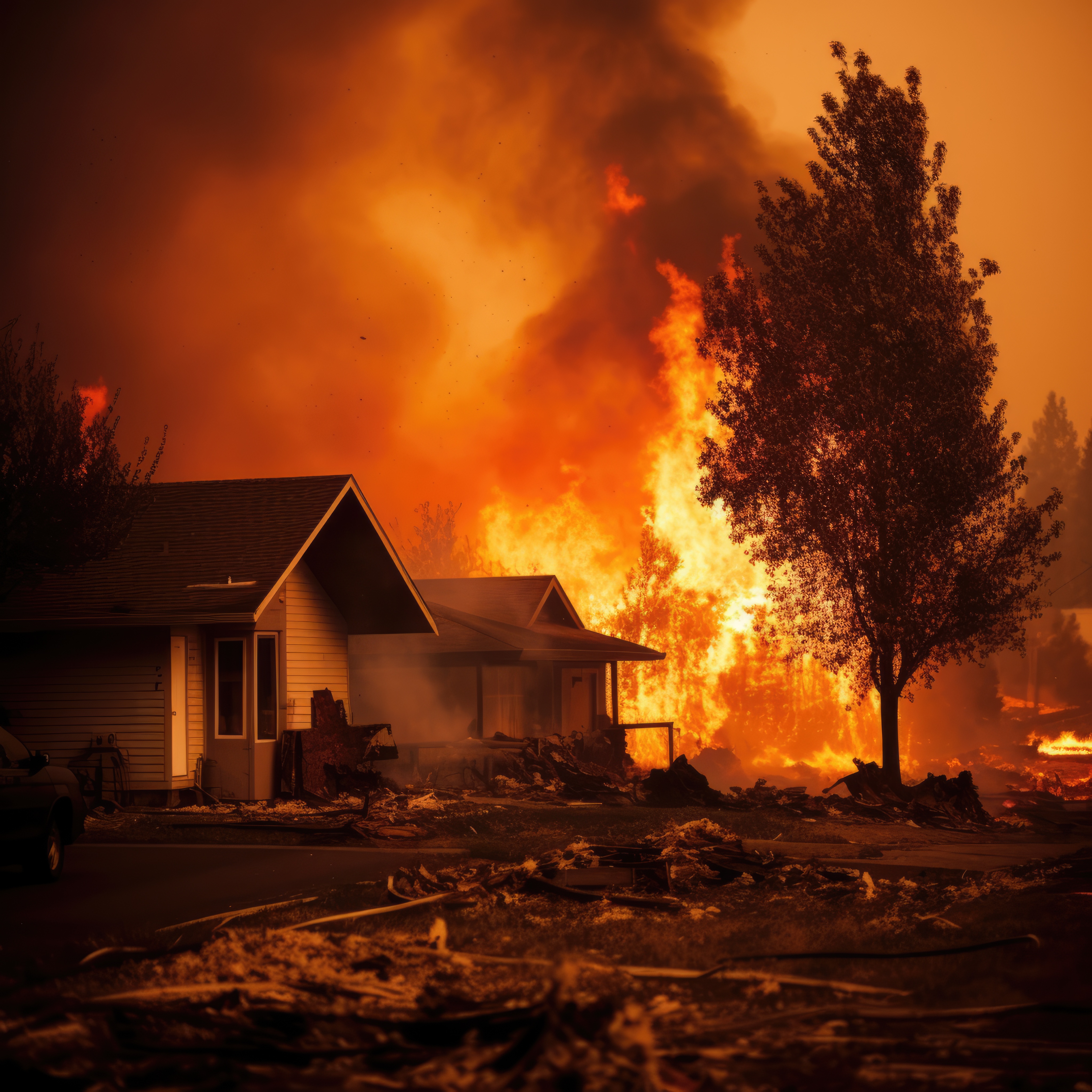Official Risk Assessment Tools
Several authoritative resources can help determine your home's wildfire risk. FEMA's Wildfire Risk Assessment Map provides nationwide coverage with detailed risk zones. The U.S. Forest Service's Wildfire Risk to Communities tool offers comprehensive risk evaluations based on location. Your state's forestry department likely maintains detailed wildfire hazard maps specific to your region. These government resources use scientific modeling to evaluate vegetation, topography, climate patterns, and historical fire data.
Insurance Industry Resources
Insurance companies assess wildfire risk using sophisticated models. Contact your homeowner's insurance provider to request their assessment of your property's wildfire vulnerability. If you've been denied coverage or received increased premiums, ask specifically about the wildfire risk factors that influenced this decision. Independent insurance brokers can often provide assessments from multiple carriers.
Local Fire Department Evaluation
An outstanding place to get property-specific information is from your local fire marshal's office or fire department. Firefighters will come to your house and check the defensible area, accessibility, and structural vulnerabilities as part of a free house evaluation that many departments provide. These experts are familiar with the trends of fire behavior in your area and may tailor their recommendations to your unique circumstances.
Professional Home Inspections
Wildfire mitigation specialists can conduct detailed property assessments, identifying specific vulnerabilities and recommending improvements. These professionals typically provide written reports documenting risk factors and mitigation strategies. While these services generally charge a fee, they offer the most detailed property-specific evaluation.
Online Risk Assessment Tools
Several online platforms now offer property-specific wildfire risk assessments. Websites like the Texas Wildfire Risk Assessment Portal provide wildfire threat, wildland-urban interface, and more. You only need to type in your address to see how safe your home and the area around it are.
Community Wildfire Protection Plans
Many communities in wildfire-prone areas have developed Community Wildfire Protection Plans (CWPPs). These documents identify high-risk areas within communities and outline mitigation strategies. Contact your local government offices to determine if your area has a CWPP and what it indicates about your neighborhood's risk level.
Risk Factors to Consider
When evaluating your property, key factors include surrounding vegetation density, distance to wildlands, local topography (especially slopes), prevailing winds, access routes for evacuation, and home construction materials. Properties on slopes, in canyons, or adjacent to natural areas typically face higher risk levels.


